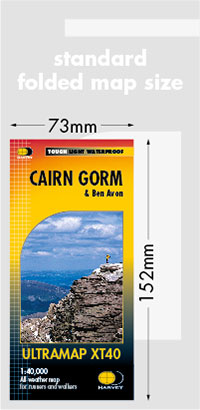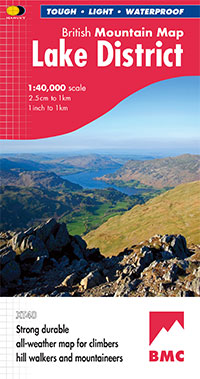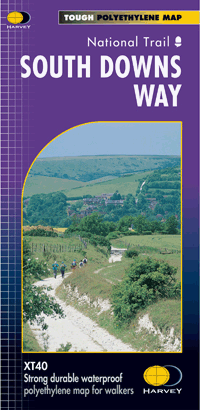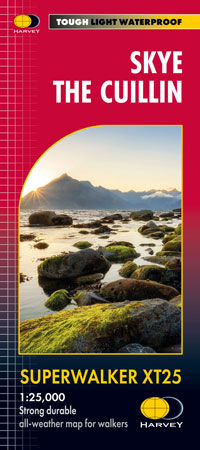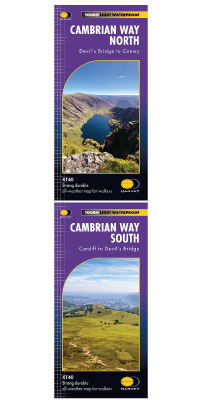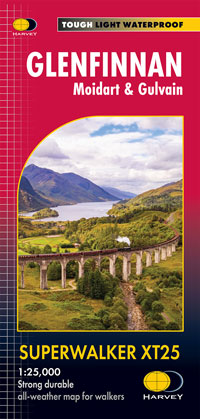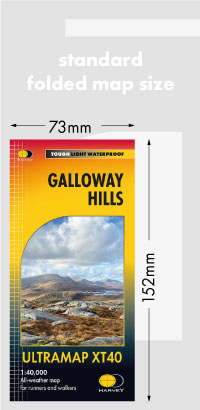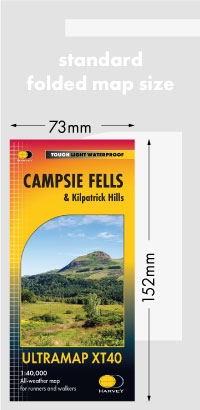June 2021 - Intermediate Navigation Skills - Compass Skills
by Nigel Williams
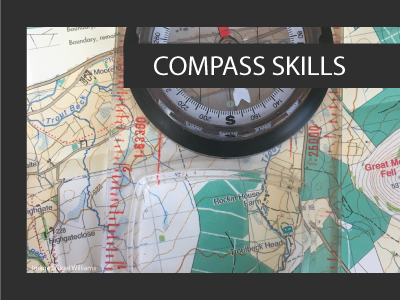
Compass Skills
In the beginner's skills we used just the red end of the needle to point to the top of the map to set it, which is usually sufficient for following well marked paths. Next we can use the needle and combine it with just the baseplate (IGNORE THE CAPSULE or DIAL), for what might be described as advanced map setting or a quick bearing or confirmatory bearing.
At a path junction, if setting the map is leaving you in doubt as to which path to take, simply place the edge of the base plate accurately on the map along the path you plan to take. Position yourself around the map so the base plate is pointing away from you and maintain a firm grip on the map and compass. Waddle slowly round, a bit like a penguin, until the red end of the needle is pointing accurately to the top of the map aligned to the north south grid lines.
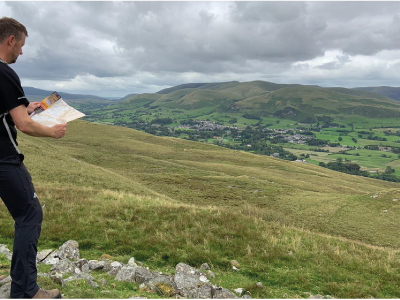
It is important to make sure the alignments are accurate. Turning the dial, magnetic variation etc is not required, adds unnecessary complexity and creates opportunities to make errors.
The same technique can be used anywhere along a linear feature which has changes in direction. If unsure of your progress along a path follow the process as above. The difference is that you need to decide which part of the path you might be on and then check that with the baseplate and needle as described above. If there is no alignment then choose a different section of path and try again. If there are several sections of path that run in the same direction look carefully at the map to see what the path does at each section if you continue along it. Then walk on and look for the changes in the path that should confirm your position.
Note that these bearings are part of a static decision making process. We are not trying to walk on a bearing yet, that is the next stage.
Return to the Navigation Blog
 FREE UK tracked delivery
FREE UK tracked delivery Order by 12pm Mon-Fri for same day dispatch
Order by 12pm Mon-Fri for same day dispatch

